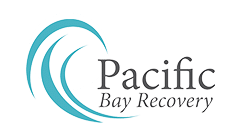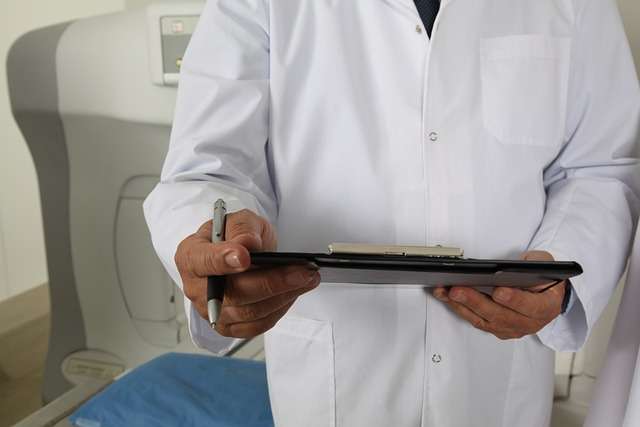History of Transcranial Magnetic Stimulation
In 1985, Dr. Anthony Barker and his colleagues developed the first example of transcranial magnetic stimulation (TMS) with the goal of finding a new way to treat mental disorders, such as epilepsy, chronic pain issues, motor disorders, and more, according to a study published in the Iranian Journal of Child Neurology. The study and advancements in the field of electrophysiology (EP), generally applied to heart issues, provided further knowledge to understanding how TMS could be applied to brain stimulation as a regular treatment process, particularly with depression.
Further research and testing over the decades have produced numerous methods of brain stimulation, with TMS as the most well-known application. Pacific Bay Recovery is one of a few certified therapy recovery centers to use this repetitive (known as TMS) therapy to help, not only with issues of depression but to assist in the process of recovery from addictions.
How is TMS Used in Therapy?
TMS is a non-invasive process whereby an electromagnetic node is placed on the head towards the front, and small magnetic bursts are released on the section of the patient’s brain cortex that controls mood. Initially, various parameters are considered which are adjusted until the right levels of intensity, frequency of stimulations, intervals between stimulations, and the number of stimulations per therapy session, are determined for the best results on the brain cells.
According to the Iranian study, a transformer charges a capacitor which discharges a magnetic field pulse into the coil at the point of contact and provides stimulation to the brain cells. The maximum voltage available is 2000 volts while generated currents reach up to 10,000 Amps. A sub-circuit controls pulse temperature, intensity, and repetition, connected to a high-voltage electrical switch that produces short pulses. Effective pulse stimulation is determined as 250 microseconds or 1/4000 of a second. This study, however, does focus more on epilepsy issues.
Another scientific study, using TMS for the treatment of cocaine addiction, shows that TMS is safer to use in treating many substance-use disorders (SUDs), including cocaine-use disorder (CUD), and is considered cost-effective. Of importance to note is that each patient has a unique set of chemical body and brain markers (or settings) that necessitates designing the treatment that works for that patient. That treatment setting may not work for another patient, accordingly, so new settings are tested until the positive level is reached for that second patient.
What is certain is that repetitive use of substances (drugs, alcohol) causes, within neural plasticity, a reduction in dopaminergic activity, linked to dysfunction of cortical and subcortical pathways, according to this research study. In short, the chemical makeup of a substance user’s brain changes over time with continued substance use, creating motivational and cognitive impairments aligned with addictive disorders. This is why it is hard for patients to try to get off drugs or alcohol by themselves. A full recovery treatment program addresses the many physical and mental components which must be treated at the same time or within a certain order.
Who is Not Eligible for TMS Treatments?
During your initial assessment, you will be asked many questions about your health. However, you should make sure your counselor knows the following about your status of health, as based on one of our previous posts:
- You have epilepsy and/or seizures,
- List current medications, including those you may have recently stopped taking,
- You have a pre-existing condition.
- You have mental health disorders, which can also include anxiety, panic disorders, PTSD, and more,
- You are currently pregnant,
- You have stents, aneurysm clips, coils, medication pumps,
- Cochlear implants,
- Bullet fragments or a prosthetic body part, and
- You have implants, such as an implantable cardioverter-defibrillator (ICD).
In many cases, you may still be eligible to undergo a TMS treatment strategy, but with minor adjustments conducive to your medical situation. Electrical implants, however, would mean a different type of treatment strategy would work better than TMS therapy.
Common Side Effects from TMS
There are side effects that can occur while you undergo a TMS treatment, such as the following issues:
- Headaches,
- Lightheadedness, or feeling woozy,
- Sensitivity at the point of the simulation node connection,
- Twitching, spasms, and/or muscular tingling.
Sessions for your rTMS may be ongoing for a set period, especially if any adjustments show continued improvements over time. These sessions can also be done as an outpatient and can be restarted if you stop for a time. Restarting sessions after time off is called a re-induction and is often paid for by insurance.
Call Us if You Need Help with Rehabilitation Treatments
Pacific Bay Recovery can help you with any substance addiction and/or mental issue you might have so you can regain a happy and functional lifestyle again. Call us for a free consultation and to set up an appointment to start getting help as soon as possible. 619-350-8220.


